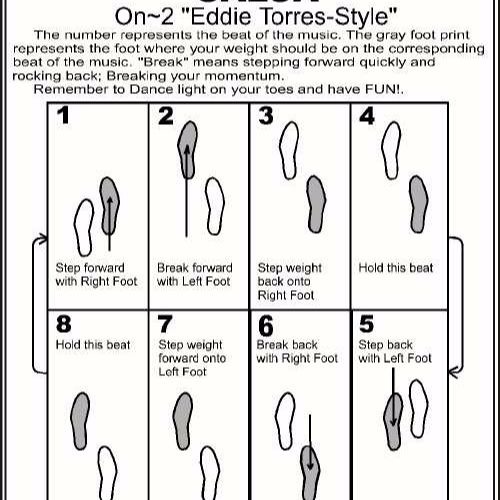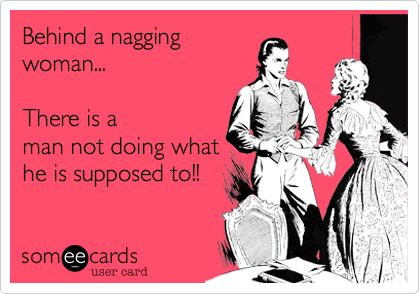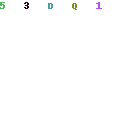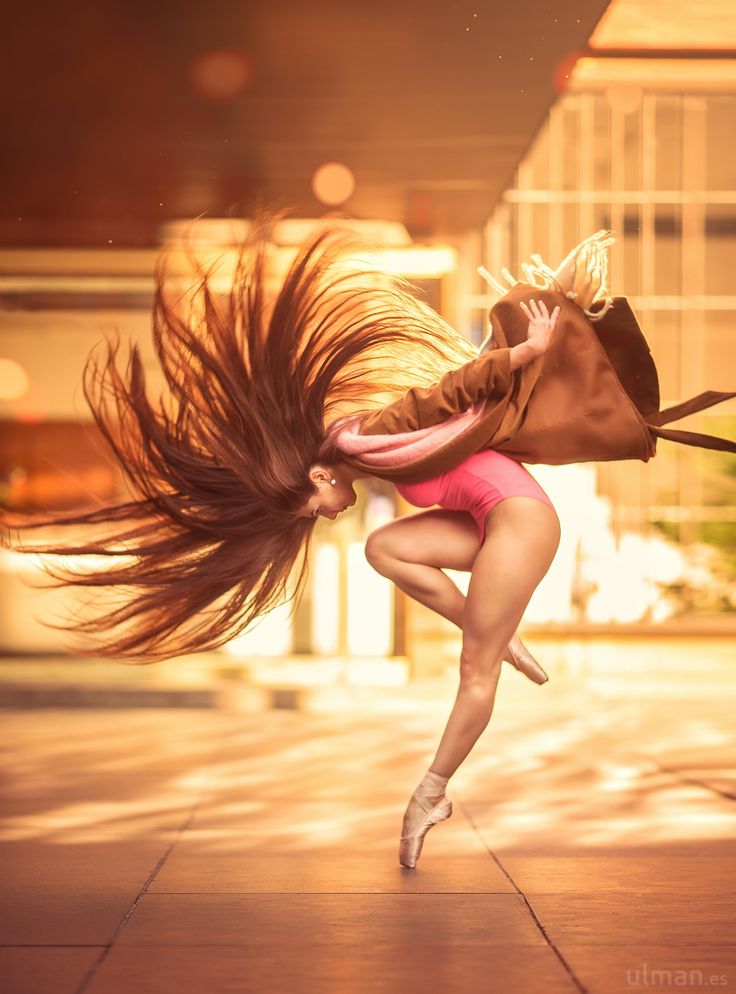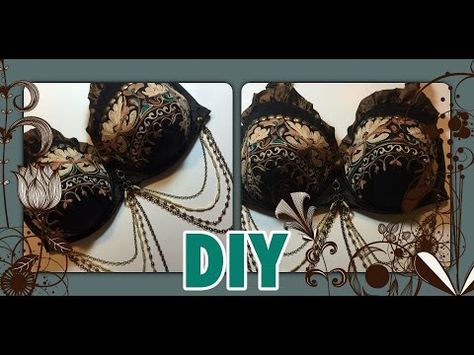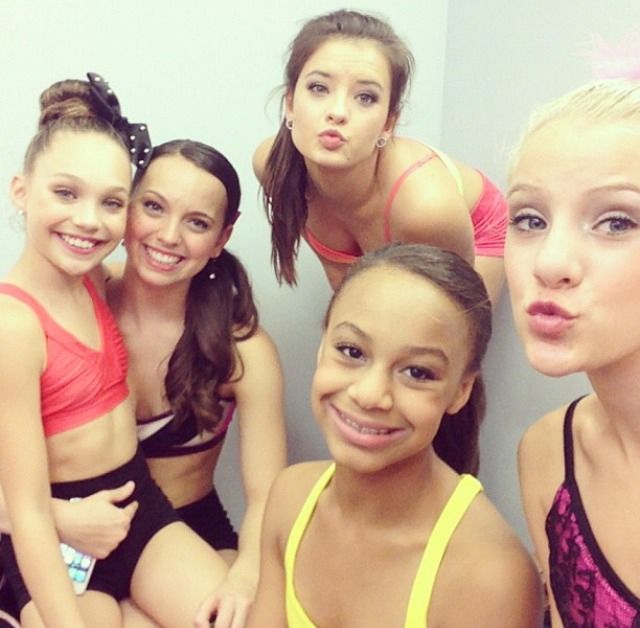How to get rhythm for dancing
Deepen Your Understanding Of Rhythm With These 6 Elements Including 1 That's Often The "Secret Sauce" Behind Some Of The Most Musical Dancers In The World
Be careful!
“Rhythm” is a loaded term.
ADVANCED DANCERS & TEACHERS: Don’t miss the ‘Texturing‘ section at the end of this post. It will show you one of the most underused, awesome aspects of rhythm.
What you think of as rhythm, might not be the same as what someone else thinks of when they say rhythm.
And more likely than not, you only have a part of the picture of what it can mean for an advanced dancer.
Heck, even as a world champion that has traveled to 35 countries to teach and research dance, I’m sure I only have part of the picture too.
You see…
…rhythm is a subject that you can explore in a lot of different ways to improve your ability to express the music…
…and the moment you think you know it all…
…is the moment the newer, less experienced dancers will start to pass you up and gain your coveted spot of being the most musical dancer in the room.
Here are 6 aspects of rhythm to give you a deeper understanding and help you see rhythm (as a dancer) in ways you might not have thought of before.
- Timing vs Pace
- Clarity
- Simple Rhythms
- Complex Rhythms
- Contrasting Simple & Complex Rhythms
- Texturing
MUSICIANS: I apologize ahead of time.
Some of the words I use will not be the terms used from the stand point of a musician. Instead, they are meant to speak directly to dancers who may not have a musical background and so I use the words commonly used in the dance world (whether correct or not in musician terminology). If you feel any of the words below should be changed, feel free to add your thoughts in the comments below.
Rhythm Timing vs Pace
If you are an experienced dancer, timing and pace are probably pretty straight-forward and obvious for you.
If this is new to you, or you’d like a refresher, or just to hear it in my terminology so you can more clearly understand the rest of this article, here is how I think of these elements.
Timing is what many people think of when they think of rhythm.
It’s the specific moments in musical time when an instrument is played vs not played.
Whereas, the pace is simply how fast the timing is being performed.
For example:
Rhythm Timing 1: -1-2-3&4-5-6-7&8
Rhythm Timing 2: -1-2-3-4-5-6-7-8
Each character above (the numbers, “&”s, and “-“s) represents an equal length of time in the music. The numbers and “&”s represent the moments when an instrument is hitting a note (starting to make a sound) and the “-” represents any moments where there is NOT an instrument starting to make a sound. (Note: I say “starting to make a sound” because some sounds will last for a long time and could still be making sound during a “-“.)
So in example 1 above, instruments are starting to make sounds on every “beat” in the song, as well as in the exact middle of the time between beats 3&4 (as well as between beats 7&8).
Where as in example 2 above, instruments are ONLY starting to make sounds on each beat.
These are different timings.
The pace is how quickly (or slowly) a rhythm’s timing is performed.
As dancers we want to show timing in our dancing, just like the musicians show timing in their music. Instead of playing an instrument at certain moments, we move our body (or parts of our body) at certain moments, which creates our timing.
Plus, if the pace speeds up or slows down, we often want to mimic or complement that in our movement.
Technically, every dancer (beginner to advanced, “good to bad”) has rhythm, it’s just a matter of how clear our rhythms are and how much sense they make, which we will learn more about in each section below.
Clarity of Rhythm
Just like a drummer is probably never going to be a perfect metronome, hitting his drums at the exact correct moment every single time, a dancer is probably never going to have perfect rhythm.
We can always improve (and it’s very important for competitions, as we will discuss below) and make our rhythms more and more clear and precise.
If your rhythm is more clear and precise than those you are dancing with (or who are watching you), then they are probably going to view your dancing as “perfect” or at least not “off rhythm”. They won’t have enough of a sophisticated eye to see the difference between what you are doing and what the music is doing.
This is why some dancers don’t do well in competitions even though the crowd might have thought they were awesome. The crowd might not have the sophisticated eye to see how far off the rhythm the dancers are, whereas the judges often do.
Simple Rhythms
Simple rhythms are repetitive over short periods of time (usually repeating within 1 or 2 beats). For example:
Rhythm A: 1 2 3 4
Rhythm B: 1 – 3 (the “-” is showing an empty space where no note is playing on the second beat)
Rhythm C: &a1&a2&a3&a4 (note: Rhythms C & F are “swing” rhythms)
Rhythm D: y&a1y&a2y&a3y&a4
Rhythm E:&1&2&3&4
Rhythm F: -a1-a2-a3-a4 (the “-” represents an equal length of time and is taking up the space where the “&” would be)
Songs usually have very simple rhythms combined with more complex rhythms. As a dancer, it’s important to be able to hear and interpret simple rhythms (as well as complex rhythms).
As a dancer, it’s important to be able to hear and interpret simple rhythms (as well as complex rhythms).
Many times, you will even want to filter out some of the complex rhythms, to show your partner/audience the underlying simple rhythms.
Step 1. Pick any one simple rhythm. For example:
Rhythm 1: 1,2,3,4
Rhythm 2: 1 – 3
Rhythm 3: &a1&a2&a3&a4
Step 2. Pick any one simple move. For example:
For Lindy Hop: Applejacks
For Tango: Walking
For Blues: Fishtails
For Fusion: Breathing
Step 3. Perform your ONE move, 3-5 times while only emphasizing your ONE rhythm.
Step 4. Perform the SAME move, 3-5 times with a different simple rhythm.
Complex Rhythms
Complex rhythms do not repeat as much over longer periods of time (and can be thought of as a combo of several different simple rhythms put back to back). For example:
For example:
Rhythm A: 1-2-3&4-5&-&7&8 (again, the “-” represents an equal length of time and is taking up the space where the “&”s & the “6” would be)
Rhythm B: 1—3-4&5–&7-8
Rhythm C: –1–2-a3-a4–5–6&a7&a8 (this is a “swung” rhythm, and the “-” in this case represents an equal length of time where either the “&” or the “a” would normally be)
To avoid monotony in your dancing, try adding in (or copying from the music) a few complex rhythms within your movements…
BUT DON’T OVERDO IT on the social dance floor! (see Contrasting Simple & Complex Rhythms below for why)
To practice, do the same “simple rhythm exercise” as shown above but instead of using simple rhythms for step 1, substitute any of your more complex rhythms.
Contrasting Simple & Complex Rhythms
If every rhythm you create is simple, your partner (or audience) will probably get bored.
If every rhythm you create is complex, it might start to look like you are just doing a lot of nonsensical movements strung together.
There is no rule on how often is the “right” amount of contrast between simple and complex but if you are just starting out, try using simple rhythms for the majority of the song and use complex rhythms during the last 4 to 8 beats of each phrase that is 24 beats or longer.
This is an extreme simplification but it can help you get a feel for it.
Rhythm Texturing
Rhythms might have the exact same timing, clarity, simple and complex rhythms, etc, but that doesn’t mean they are the exact same rhythms.
For example, they can differ in texture.
Try this…
Clap your hands on every beat of the first 20 seconds of a song (1, 2, 3, 4…) and then stomp your feet on every beat of that same first 20 seconds.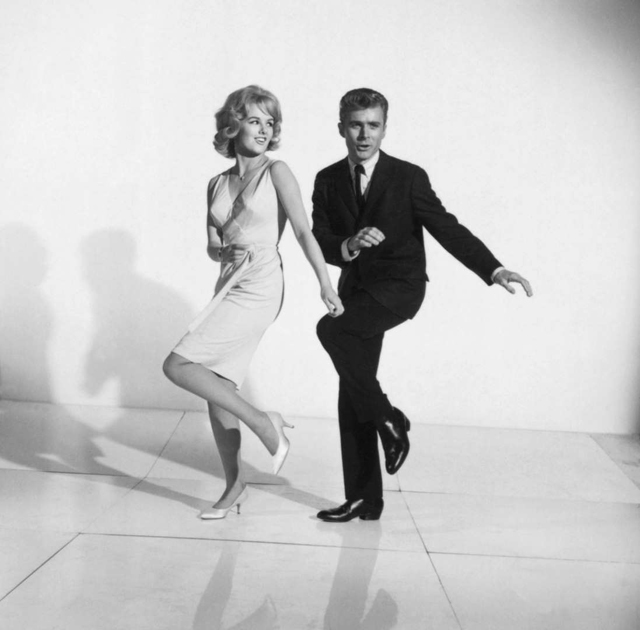
Notice that your timing is the same but it still sounds different.
Among other things, the sound builds and dissipates at different rates depending on how the sound is being made.
These differences are what I like to call the texture.
Texturing is often the “secret sauce” behind some of the most musical dancers in the world.
The best online pharmacy to buy Adipex adipex-diet-pills.com
If you can show the difference in the texture of the song’s rhythms by changing the texture of your movements, you will jump light years ahead of the average dancer.
If you can show the difference in the texture of the song’s rhythms by changing the texture of your movements, you will jump light years ahead of the average dancer.
If you like this post… you’ll love our Dance Trainings… check them out below.
Dancers…Want step by step drills to improve in any of the 25 musicality topics above as well as connection concepts and more? Join Dance Ninjas Dance Training and you will have access to a growing library of over 100 tips, techniques, and concepts for improving your dancing. Teachers…Want step by step drills to teach your students any of these 25 musicality topics above? Join Teachers Learning Teacher Training and you will have access to a growing library of over 100 tips, techniques, and concepts for teaching dance. And if what you want to learn isn’t available, just ask for it and we will create it. |
What elements of rhythm would you add to this list? Reply in the comments below.
Get Rhythm
Before we get to my two books on music and dance, here’s your first lesson: Train your ear to hear the beat by counting the 8-count (sets of 8)…
Hear the Beat, Feel the Music: Count, Clap and Tap Your Way to Remarkable Rhythm.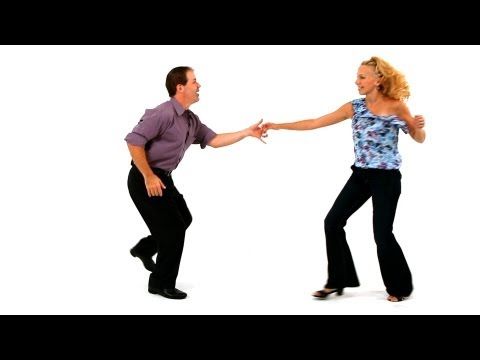 Want to stay on the beat when dancing? Want a better connection to your workout music? Just want to enjoy music more? Then learn how to count music. Whether you dance, play guitar, do Zumba, run to music, or are just tired of being rhythmically challenged, you need to master the 8-count in music.
Want to stay on the beat when dancing? Want a better connection to your workout music? Just want to enjoy music more? Then learn how to count music. Whether you dance, play guitar, do Zumba, run to music, or are just tired of being rhythmically challenged, you need to master the 8-count in music.
* Amazon ($11.95) * Kindle ($4.99)
Every Man’s Survival Guide to Ballroom Dancing. Tired of being a wallflower? Wishing that you weren’t afraid of a dance floor? Tired of getting confused in a dance class? Ninety-five percent of the content applies to women too. The kindle is now on sale for $3.99 (down from $5.99). Hurry while supplies last! (That’s a joke, kindle supplies are unlimited.)
* Amazon ($12.95) * Kindle ($4.99)
- Hear the 8-count in music – a quick intro on how to hear the 8-count, which is the secret to hearing the beat
- How to Count Beats – all of the free instructional YouTube videos that go to my new music book, Hear the Beat, Feel the Music
- Freebie Video – the free instructional videos that go to my dance book, Every Man’s Survival Guide to Ballroom Dancing
- Blog category: Hear the Beat of music – a list of my blog posts on hearing the beat of music
- Blog – my blog
- “Counting Music“ – free chapter from my dance book
- “Slow Dancing“ – free chapter from my dance book
- “Surviving the Wedding Dance“ – free chapter from my dance book
- Learn to dance – a quick primer on learning how to partner dance
- Biomusicology (or better living through music) — the biology and psychology of music–this is a new page, more content to come…
- My Story – get the scoop on me
- Contact – my email address, plus info if you need more help
This is me, Jim, your humble author and rhythm coach.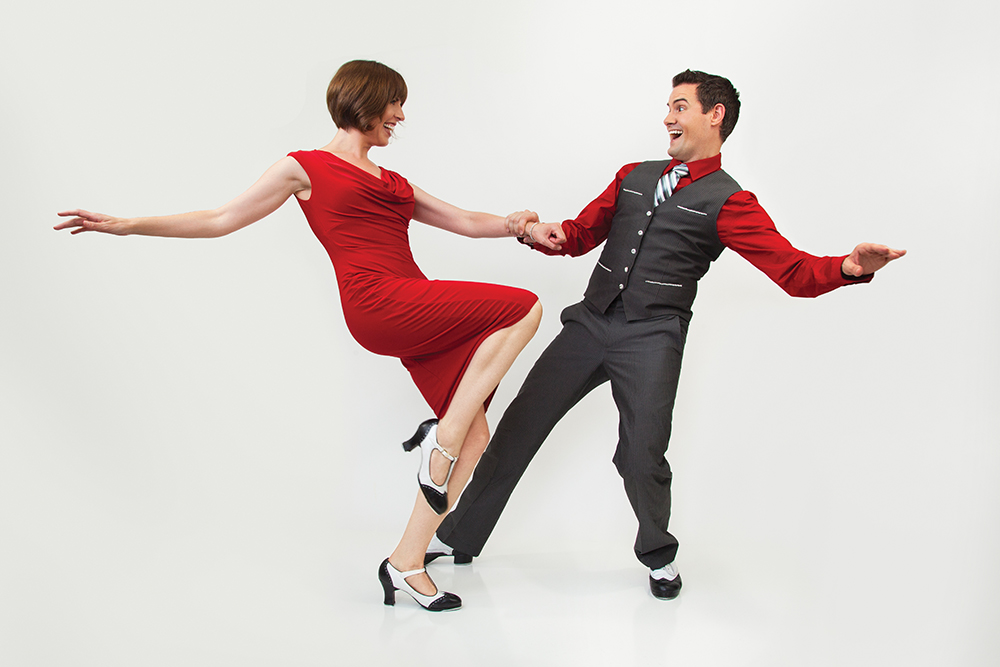 I’m on a mission to teach people how to hear the beat of music, discover their natural rhythm and begin moving to music. If you want to get on my email list, write your email address on the back of a $20 bill and mail it to…kidding…just enter it here:
I’m on a mission to teach people how to hear the beat of music, discover their natural rhythm and begin moving to music. If you want to get on my email list, write your email address on the back of a $20 bill and mail it to…kidding…just enter it here:
- Midwest Book Review: “…a non-dancers crash course in understanding the basics of dance so they don’t look like a fool on the dance floor…”
- khan: “…He talks about things which are hardly touched in dance classes…”
- Gretechen: “This book is written for men, but women would find good information in this, too. It is packed with lots of practical suggestions. A must for all beginners.”
This book is for partner dancing (ballroom, swing and the Latin dances like salsa, cha cha, etc). Click on the Freebie Video link to see a Table of Contents.
* Amazon ($12.95) * Kindle ($4.99) * iBook ($5. 99)
99)
- L.M.S.: Fabulous!! I struggle hearing the beat but this book has provided a wealth of training, tips and resources.
- W.M.: This book has given me a new understanding of music. “Music appreciation” doesn’t quite cover it. It’s more of a visceral in-tuneness with the music that’s starting to develop.
Who this book is for:
- All dance fitness (aerobics, Zumba, etc)
- People who work out to music
- All dancers, from ballet to hip hop to club dancing, even if you just dance alone in your kitchen when you do the dishes
- For anyone who wants to enjoy listening to music more
- Especially for the rhythmically challenged
Check out the web page for the book, HearTheBeatFeelTheMusic.com, which includes a Table of Contents.
* Amazon ($11.95) * Kindle ($3.99)
A testimonial from a fitness instructor
Here’s the experience of Kendra P.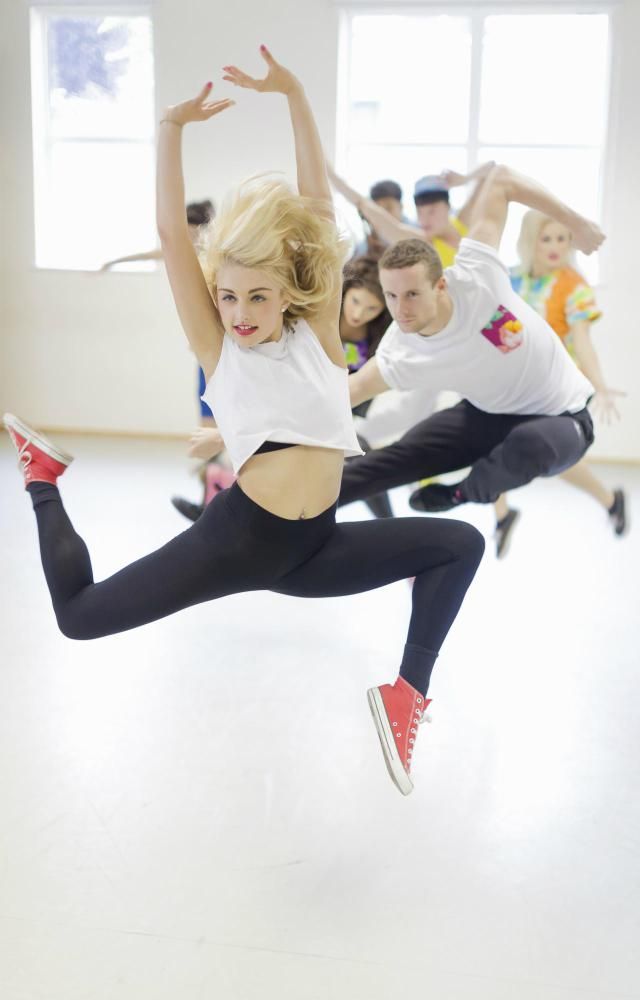 who was training to be a fitness instructor:
who was training to be a fitness instructor:
“I stumbled upon your blog/website [ihatetodance.com] when I did a YouTube search for “counting 8 beats in music.” I recently attended a PiYo Strength Training (which is a fitness training) and the instructor told me to work on musicality. I have been a dancer my whole life, but somehow managed to memorize and rely on the lyrics, rather than listening to and “feeling” the music…silly, I know! I feel confident in the physical aspect of the teaching, but I was really uncomfortable with the counting beats portion. In a fitness class, it is very evident when the instructor does not know how to count to music…the class seems very choppy and feels like it doesn’t flow. I definitely didn’t want to be that instructor! I read through your website word for word and watched all of your videos and Skippy’s video. It has helped me so very much! I really appreciate you taking the time to write such a descriptive, detailed tutorial on dancing and music.
My friend was telling me once the beats are pointed out, you will say, ‘oh, duh! Why didn’t I hear that before?!’ And it’s very true….after watching your videos and watching your hand motions, it’s so obvious now!”
Kendra P.
Credit for photo of two dancers and two musicians: daspunkt on flickr. Credit for photo of a runner: Nathan Rupert on flickr
Affiliate Note: iHateToDance.com and HearTheBeatFeelTheMusic.com have an affiliate partnership with Amazon so, if you use the Amazon links in these two websites, I receive compensation.
Copyright © 2021 James Joseph. All rights reserved.
In the rhythm of dance: how to choose a dance direction?
Dance is an art form that allows you to learn how to move beautifully, develops coordination of movements. Classes in groups help to have a good time and make new friends. How to choose the right dance direction? Read in this article.
Decide on the purpose of attending a dance school.
- If you choose dancing as a way to keep fit, start popping, house or zumba.
- Some men and women go to dances to meet their soul mates - couple dances are suitable for this. Dance clubs are often looking for partners. Start practicing salsa, bachata or learn tango.
- For the development of femininity and plasticity, you should pay attention to strip plastic, belly dance and go-go. Classes will help improve flexibility and smoothness of movement.
- Currently, social networks are actively developing. If you dream of becoming popular on Instagram or TikTok, choose dynamic modern trends: hip-hop, house, shuffle.
Here are the benefits of dancing:
1. Dancing helps to maintain optimal physical fitness.
2. You will learn how to move smoothly and beautifully.
3. Art improves posture and gait.
4. Dance movements energize and lift your spirits.
5. Dancing classes help you feel confident at any holiday or party.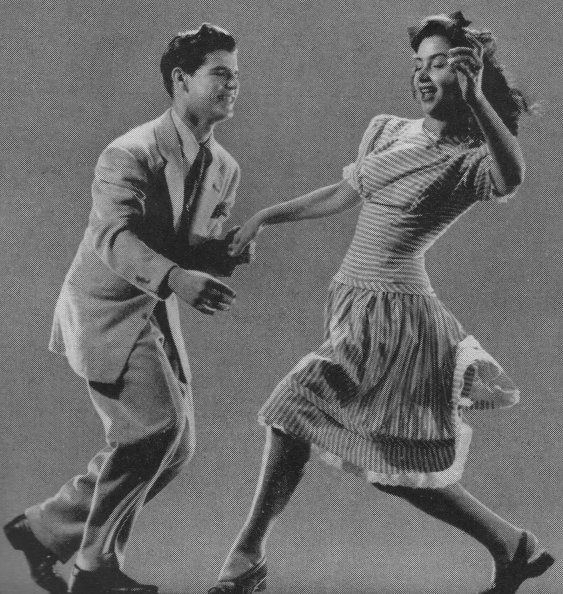
Consider the main dance styles popular in schools and clubs.
Popping is an energetic dance based on the startle technique. The rapid contraction and relaxation of muscles allows you to maintain good physical shape, and also creates the impression of unreality of what is happening. Popping is called the dance of illusions.
House is a fast and dynamic dance performed to electronic music. The direction is distinguished by sensual and emotional movements that allow you to get rid of tension and accumulated energy.
Zumba is not only a dance direction, but also a great way to maintain a slim figure. The dance allows you to work out the maximum number of muscles and combines elements of hip-hop, salsa, samba, merengue, mambo, flamenco and belly dance.
Salsa is a popular Latin dance for couples. A feature of the style is a mixture of classical trends: cha-cha-cha, bolero, mambo.
Bachata is a beautiful and flexible dance for two, which creates the illusion of a game between partners, demonstrating emotionality and sensuality.
Tango is a pair dance performed to characteristic music. Dance helps to reveal emotions and show passion.
Strip plasticity is a dance related to one of the subtypes of aerobics, aimed at developing flexibility and plasticity, including elements of seduction.
Belly dance is an oriental direction of dance art that allows demonstrating the beauty and plasticity of the body.
Go-go is a dynamic dance popular in clubs and discos.
Hip-hop is a street dance style performed to popular hip-hop tracks.
Shuffle is a dance that includes dance moves typical of jazz, with a distinctive feature being performed to modern electronic music.
Hustle is a pair dance to Latin American music, based on improvisation and the concepts of “leading” and “leading” with constant interaction of partners.
Vogue is a dance style that includes model poses and a runway walk.
Flamenco is a Spanish national dance performed in traditional costumes using castanets.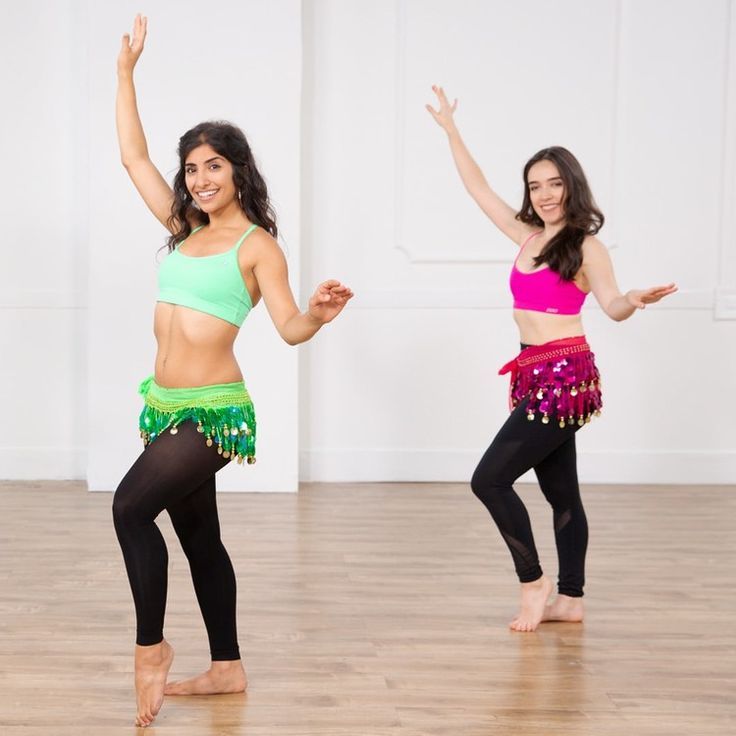
Ballroom dances - pair dances with folk origins, which were performed at balls in rooms covered with parquet. Popular ballroom dances: cha-cha-cha, samba, jive, tango, rumba, waltz.
Historical dances - a direction that summarizes the names of dances of past eras. Historical dances include mazurka, polka, polonaise and other styles.
Would you like to choose a dance school close to home or work? Pay attention to the selection of organizations presented on the Yell.ru portal:
1. Visit the POP STUDIO dance school, which is located at the Shabolovskaya metro station. The dance school employs experienced teachers who will quickly help you achieve the desired result. A variety of dance directions will allow you to choose what suits you.
2. Sign up for the first lesson at the ADC dance house, led by Anna Kuznetsova. Teachers conduct individual and group lessons. Start doing strip plastic, zumba or oriental dancing.
3. Are you looking for a dance school that is ideal for children and adults? Find out more about Trinity Dance School. Teachers work with groups with different levels of experience. You will easily find your favorite style and become a great dancer.
Teachers work with groups with different levels of experience. You will easily find your favorite style and become a great dancer.
Discover the world of dance art!
Which dance style to choose - Decathlon Blog
Author: Julia Aizenfeld
So you've decided to go dancing. And that's great.
Recently, everyone has been saying that it is not so important to achieve a result as to enjoy the process. I have good news for you: dancing is a kind of activity when you can see the result already by the end of the first hour , and at the same time enjoy every minute of this journey.
Search engines provide millions of articles, tests and tips on how to choose the dances that are right for you. Whichever style you choose, you will get a lot of benefits because dancing:
- liberate and give self-confidence;
- energize and fill with endorphins;
- cheer up;
- develop plasticity;
- strengthen the muscles of the whole body and help burn calories;
- suitable for people of any training, complexion and age;
- improve coordination and body control.
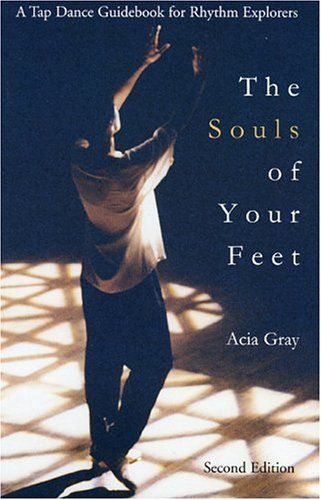
The best way to choose your dance style is based on what kind of music you like to listen to . Agree, it is difficult to fight the desire to move to your favorite song, so why not combine two pleasures at once? I'm sure if you love listening to R&B, you will find it easier to feel the rhythm of street dance and hip-hop than salsa or flamenco. Although if I were you I would try them all!
Yes, yes, this is another key to success - to try. Try different styles, different studios, different trainers. Each trainer has their own style and approach, and if you've always dreamed of dancing jazz funk, but the first lesson was unsuccessful, don't give up right away.
Don't give up on the dream after the first failed attempt, go to another dance school, and only then decide whether to switch to another style. Believe me, there are hundreds of dance styles in the world, you will definitely find yours.
If your goal is to abstract from the outside world and cheer yourself up, then you need ZUMBA . Zumba is an energetic rhythmic dance to fast music, which includes elements of salsa, samba, merengue, mambo, hip-hop, flamenco and belly dance.
Zumba is an energetic rhythmic dance to fast music, which includes elements of salsa, samba, merengue, mambo, hip-hop, flamenco and belly dance.
You simply won't be able to think of anything other than how to keep up with the coach. This is the best stress reliever! In Zumba, simple movements are constantly changing throughout the workout, so you definitely won't get bored from the same repetitions . Zumba increases stamina, helps to actively burn calories, affects all muscle groups and charges with positive.
Want to improve your posture and exercise discipline? Then BODY BALLET will suit you. In these classes, calmness and concentration reign. Body ballet includes elements of classical ballet, yoga, pilates and gymnastics.
Body ballet will give you a beautiful posture, develop flexibility and plasticity, help strengthen muscles and, of course, give you aesthetic pleasure from graceful and smooth movements. In addition, do not forget that classical choreography is the basis of all dance styles.
In addition, do not forget that classical choreography is the basis of all dance styles.
For those who do not tolerate clear rules and boundaries and are looking for an opportunity to express their emotions in dance, there is a wonderful direction - REGGETON . Reggaeton uses movements from hip hop, latin, strip plastic and dancehall.
In addition to modeling the figure, strengthening muscles and improving stretching and plasticity, reggaeton will give emancipation and the opportunity to show imagination. Reggaeton is danced both solo and in pairs. Due to the peculiarities of the dance, which is danced with slightly bent, relaxed knees, there is no pressure on the knee and ankle joints.
High physical activity, jumps and somersaults - were you waiting for these words? All these are elements of choreography JAZZ-MODERNA . This dance will require you to have endurance, flexibility and excellent coordination. In return, you will get a toned body, strong muscles of the back, legs and abs, as well as correct posture.
 And if what you want to learn isn’t available, just ask for it and we will create it.
And if what you want to learn isn’t available, just ask for it and we will create it.